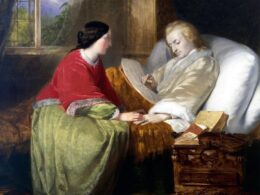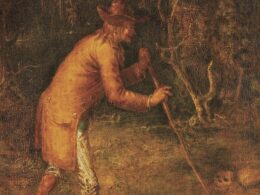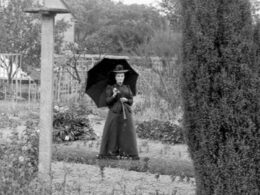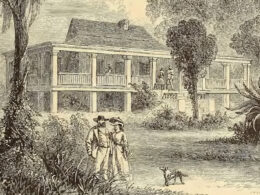Constance Fenimore Woolson (1840–1894)
From Constance Fenimore Woolson: Collected Stories
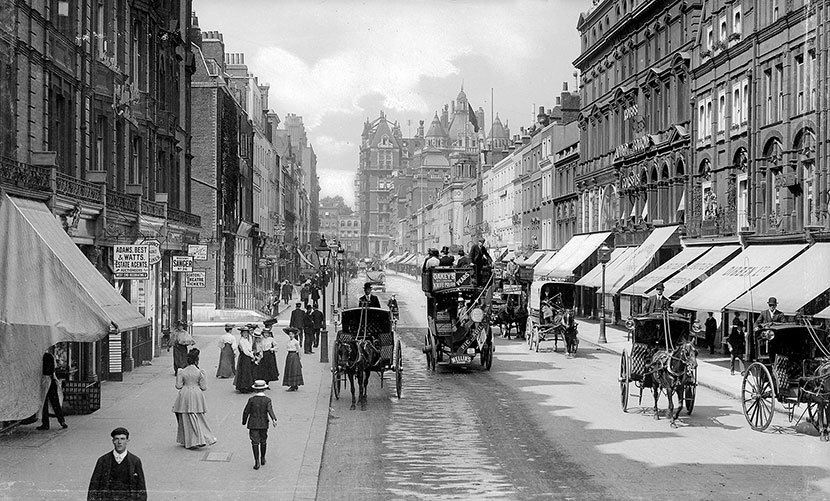
Constance Fenimore Woolson was born 182 years ago, on March 5, 1840.
During her lifetime, Woolson’s novels and stories enjoyed that rare combination envied by every author—critical acclaim and commercial success—and she was often compared to George Eliot and Henry James. For most of the twentieth century, however, Woolson was remembered mostly for her close relationship with James, including the lurid details of her death (a probable suicide) in Venice and the devastating effect the news had on him.
There’s no denying that the fourteen-year friendship between Woolson and James was exceptional. “At some point,” writes Woolson’s recent biographer Anne Boyd Rioux, “their intimacy deepened to the extent that they agreed to destroy their letters to each other. Only four have survived. He made no such agreement with anyone else, and she only with her sister. While James’s and Woolson’s careful sabotage may forever hide the true nature of their relationship, it is clear that the immensely private Woolson and James trusted each other with parts of themselves that they may have shown to no one else.” Their closeness only intensified after the suicide of Woolson’s brother and the death from cancer of James’s sister.
Their relationship also gave us two of Woolson’s greatest stories, which bookend the years they knew each other. In both tales she portrays a male author who bears a marked resemblance to her friend. “Miss Grief,” which has become the story through which many modern readers first encounter Woolson’s fiction, was written before she even met James, whom she admired from afar; many aspects of the protagonist seem to be inspired by what she had heard about him through their mutual friends. The later story, “In Sloane Street,” published eighteen months before she died, conjures a writer of “analytical novels” similar to the books published by James. At the center of both stories are unmarried “literary” women: one an author, the other a reader, and both thinly disguised reflections of Woolson herself.
